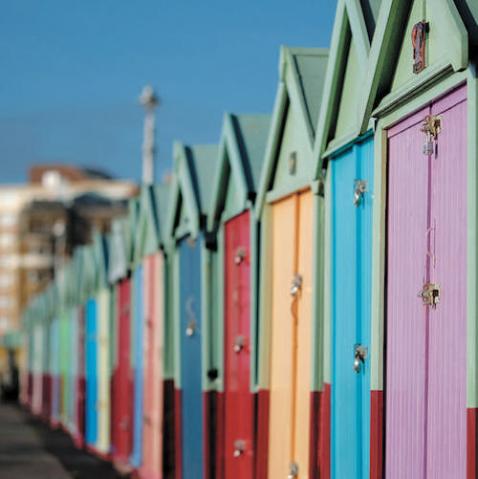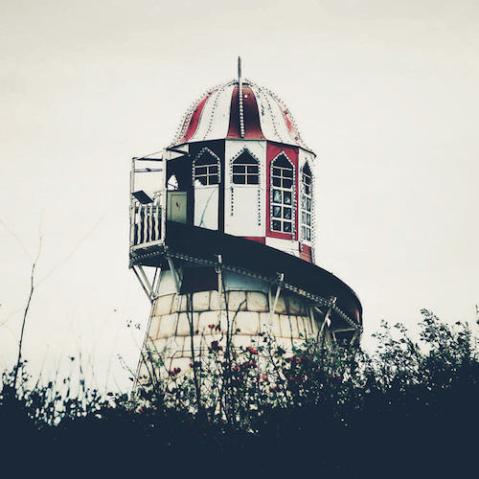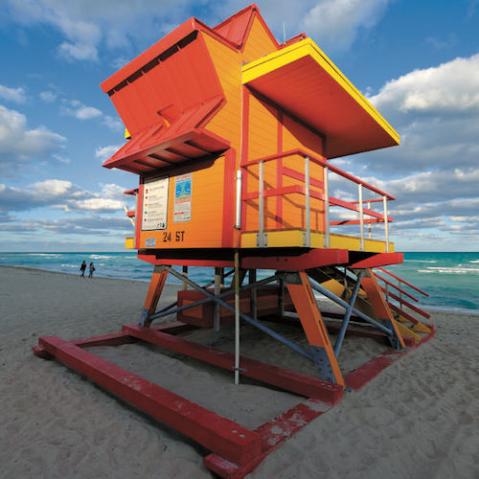To crop or not to crop, that is the question
Some people say that cropping is essential if you want to turn a good photo into a great one, while others insist that if you need to crop an image then you have failed as a photographer. These are both extremes when discussing the merits of cropping and are, in a way, correct: there are times when cropping is the only way to get the image you want, and there are also times it should be avoided.
 This photo taken on a trip to Namhae Island in South Korea works better as a panoramic landscape. There used to be some distracting trees at the bottom.
This photo taken on a trip to Namhae Island in South Korea works better as a panoramic landscape. There used to be some distracting trees at the bottom.
Essential cropping
Cropping is a post-processing technique, so it is something you will usually do once you get home and your images are on your computer. There are times when cropping a picture can be very handy, and in the publishing world the ability to crop an image to suit a layout is essential.
 The long shadows from the morning sunshine were impossible to avoid when this shot was taken, which meant cropping in post-processing.
The long shadows from the morning sunshine were impossible to avoid when this shot was taken, which meant cropping in post-processing.
It’s for this reason that photojournalists will deliberately leave space around their subject frame to allow an editor to crop their photo as they might see fit.

Getting it right in-camera
Even if you believe that you should get the shot right in-camera as often as possible, you shouldn’t hesitate to crop an image if your maximum focal length doesn’t reach as far as you would like. It’s a case of cropping the image in post-processing to ‘zoom in’ a little closer.
 This street photo of a South Korean lady (or ajuma), works better when it is cropped. The subject can dominate the scene more, and it removes distracting elements from the top and bottom of the image.
This street photo of a South Korean lady (or ajuma), works better when it is cropped. The subject can dominate the scene more, and it removes distracting elements from the top and bottom of the image.
It’s also perfectly acceptable to crop in order to achieve to specific image shape, for example a panoramic shot or a square format. A lot of people like the feel of these classic formats, and while there are cameras that specifically allow you to take these types of image, if yours does not, you will need to crop.

Finally, there are times when you might make a little mistake, such as including a distracting element at the edge of the frame, or perhaps someone walked into your frame as you fired the shutter. If this happens, and the rest of the shot is good, then cropping is a great solution. There may also be times when you see a ‘photo within a photo.’ If this is the case, you have to question why you didn’t perhaps take that photo at the time, but cropping can still be used to extract that image from your original shot.
In Simple Scene Sensational Shot, Simon Bond shows you how to turn the ordinary into the extraordinary. From altering your angles to trying out HDR and making the most of bad weather, any situation can be turned into a superb shooting opportunity.
 Simple Scene Sensational Shot, by Simon Bond
Simple Scene Sensational Shot, by Simon Bond
£7.99 Download the PDF now!
This PDF version retains the styling of the original print book.
RRP for print edition: £14.99




